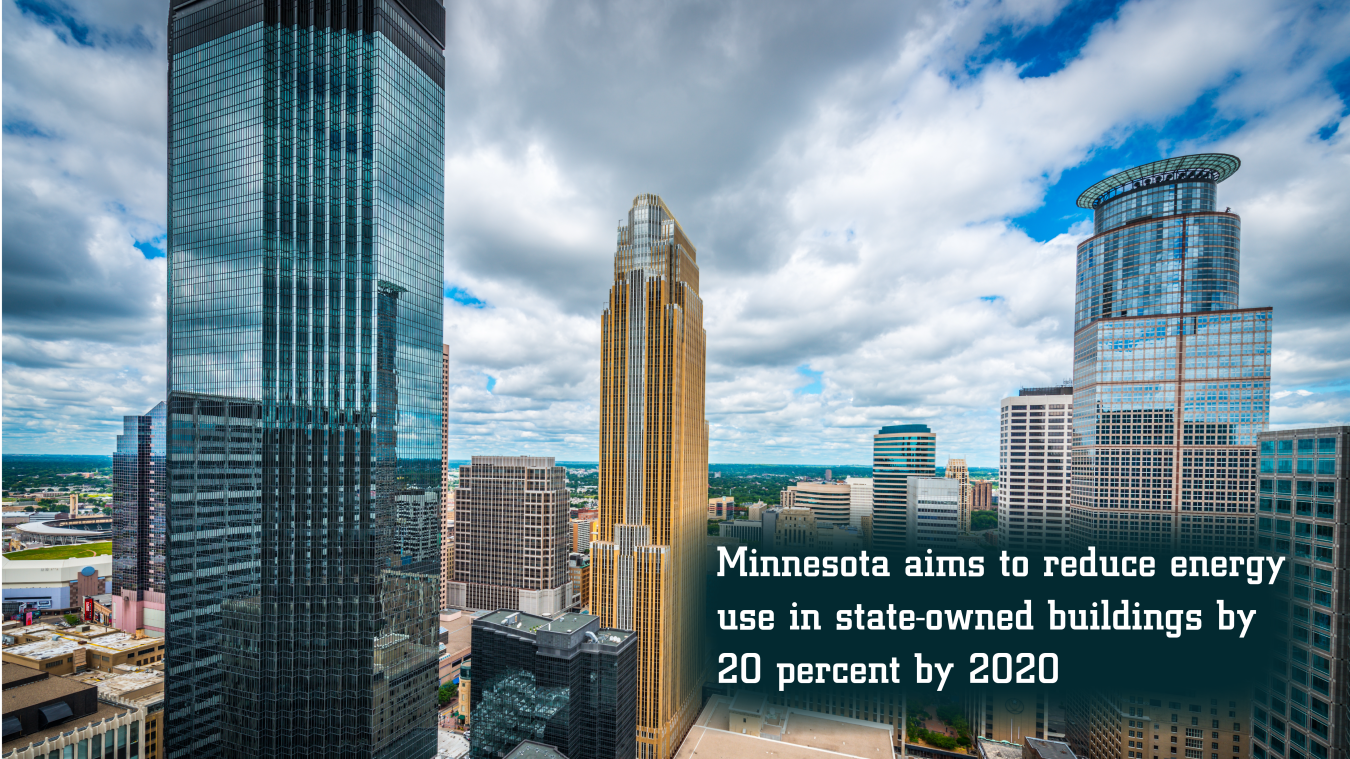One of America’s coldest states on average is dramatically cutting its #energy costs in public buildings with funding support from the Energy Department’s State Energy Program.
Office of Critical Minerals and Energy Innovation
January 4, 2017
Energy consumption in state and local government buildings totals more than 1,450 trillion British thermal units (Btus) annually, which is 91% of all public sector building consumption in the country. The buildings sector offers great potential for energy savings, especially at the local level.
In 2012, Minnesota was competitively selected by the Energy Department’s State Energy Program to further its goal of reducing building energy consumption at the state and local level. The state aims to reduce energy use in state-owned buildings by 20% by 2020, based on 2010 levels.
With the State Energy Program investment, Minnesota created a Guaranteed Energy Savings Program (GESP). This state-led initiative delivers technical, financial, and contractual assistance to state agencies to support the implementation of Energy Savings Performance Contracting (ESPC), a vehicle for facilitating state and local building efficiency efforts. ESPCs provide a one-stop shop for building owners to pay for new efficient equipment and services with no upfront capital costs, while guaranteeing that cost savings will meet or exceed payments for equipment and services over the contract period. The potential for performance contracts to help public sector organizations realize savings is significant. It is estimated that $60 to $115 billion in private sector financing could be available to help in achieving annual energy and water savings.
By 2014, GESP built a project development pipeline of nearly 30 energy efficiency projects at the state and local level in the North Star State. These projects impacted more than 550 buildings and 26 million square feet of building space, with projected annual savings of $10.8 million.
By 2016, 16 state and local entities in the pipeline—totaling nearly 300 buildings and 9 million square feet—have issued a Site Specific Request for Proposal. Five projects have contracted for construction. Planned retrofits include LED lighting installation, building automation improvements, HVAC replacements, water conservation measures, and solar energy installations. These projects are projected to save nearly $900,000 and more than 40 billion Btus of energy annually.
Four other projects are close to contracting for construction. It’s estimated that when these planned retrofits are built, GESP will result in an additional $773,000 in cost savings and nearly 230 billion Btus in energy savings annually.
The Energy Department is committed to working with states to enhance building efficiency at state agencies, municipalities, and school districts across the nation. The goal is to demonstrate projects such as these can be replicated by others. Also, it’s to help public facilities across the nation save money and energy immediately by reducing local energy expenses.


